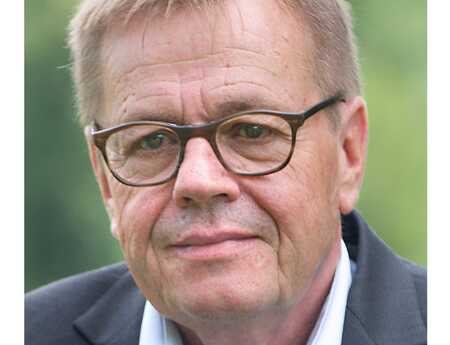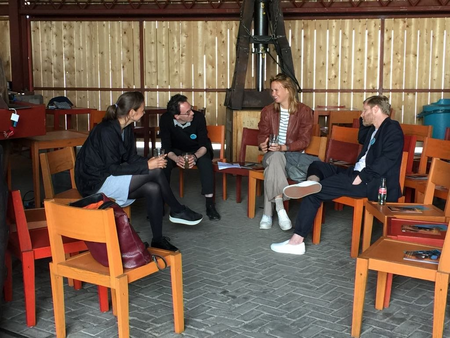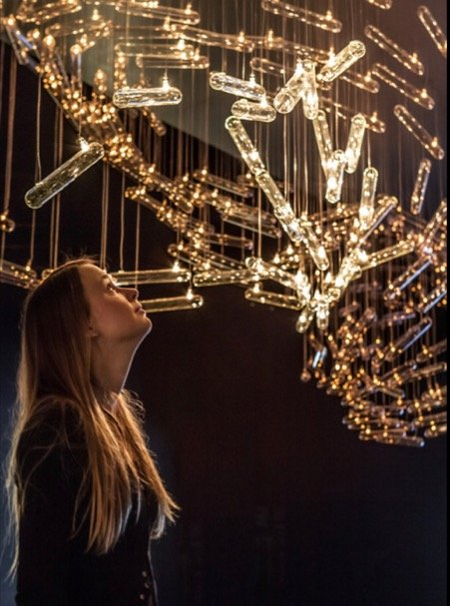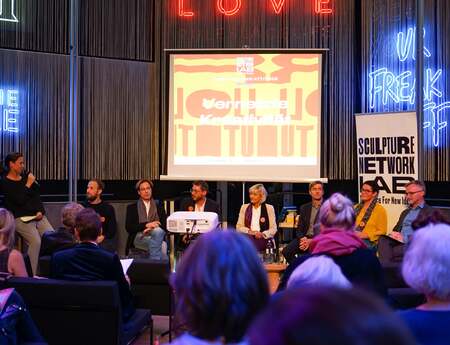Can Art Embody an Attitude?
sculpture network successfully started a new discussion series; The sculpture network Lab – the space for new ideas sheds light on the social-political relevance of architecture, art and design and is lively, courageous and innovative.
The platform for artistic utopia and design vision focuses on the connections between architecture and art in daily life and, in 2018, has the title Form Follows Attitude. In the framework of the opening event Technology Matters in May in Amsterdam Anne Berk, Lonneke Gordjin, Eva Wolf and Robert Henderson discuss, together with approximately 30 architects, designers, artists and art historians, the possible realms of influence contemporary technology has on design processes, creativity and intuition.

Atelier Van Lieshout NDSM-werf
Amsterdam: the first sculpture network Lab
The complicated tangle of relationships between man, nature and technology is the focus of the futuristic sculptures and installations of the Amsterdam designers Lonneke Gordijn and Ralph Nauta. Studio Drift tries to reconcile nature and technology, this according to Lonneke Gordijn as she describes the work of the design studio she co-founded with Ralph Nauta in 2007. Their projects often begin with the question, „What would happen if I could...?“ Similar considerations are also explored by architect Eva Wolf, curator of the Lab. In an introductory speech she considers the question of how new technologies influence the design process of architects and artists. Designers – or people in general – should, according to Wolf, view the inevitable digitization with a positive attitude and competently integrate the possibilities that these developments offer into their creative work and their lives while critically scrutinizing them.
For Eva Wolf and Lonneke Gordijn technology is a helpful tool. Using technology visionary ideas which appear to be impossible at the time can be depicted. „Sometimes“, says Lonneke Gordijn, „ideas are only utopian at first glance“. Similar to Robert Henderson, Director of Development at the architecture and design company Etcetera Design & Innovation, Gordijn would like to work on technical solutions which make the improbable possible, feasible and visible.

design and art studio Studio Drift in
Amsterdam together with Ralph Nauta
since 2007
As a designer Lonneke Gordijn wants people to realize their dreams. She and her partner hope to unite apparent opposites: technology and nature, science and fiction, lawfulness and intuition. For Lonneke Gordijn artistic interventions, in particular, can inspire people to have a positive image of their future. New technologies help her and her partner to bring creative ideas to life and to initiate design processes. However, Lonneke Gordijn admits, people are often too very busy with the technology visible in the foreground. They are in danger of forgetting the real world that is hidden behind the digital one. Curator and art critic Anne Berk views the accumulation of data in the context of digitalization even more critically. Berk forcefully describes a „smart dictatorship“ of digital imperialism. Progressive digitalization and the unregulated collection of data manipulate people’s behavior. Using examples from projects from the van Lieshout studio, an interdisciplinary Dutch artists’ collective, Berk hopes to demonstrate that the uncontrolled use of technology makes people oversensitive. According to Berk, in the end so many people are lacking the ability to control, realize or start things themselves. In a digitized world many people are also lacking close proximity to nature. This is a connection that art, especially, could re-establish according to Lonneke Gordijn: „We want to increase people’s awareness of the present, to open their eyes to what is possible and to take away their fear of technological advances“. Studio Drift hopes to get people to stop for a moment, to be at peace and to consider their freedom – even if only for a few minutes.
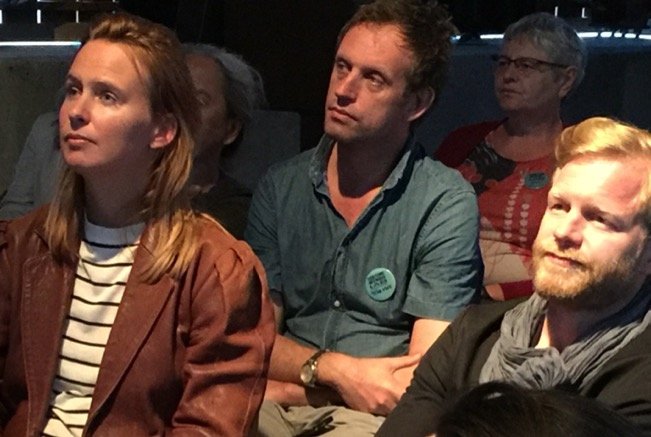
participants of the sculpture network Labs
However, freedom is a difficult thing. With Franchise Freedom, the title of an installation presented during the Art Basel Miami Beach 2017, Studio Drift reflects on this yearning. It shows 300 drones dancing and fluttering in the air – they are all equipped with LEDs, sensors and computer-aided swarm intelligence – seemingly bring nature and technology into balance. „Being released from gravity and all other conventions to rise up into the sky and disappear – for many people that represents total independence“, gushes Lonneke Gordijn. But if you look closer, then you see that the individual „drone birds“ don’t really move freely in the flock. They are in constant communication with each other and have to follow certain rules in order to prevent crashes or even chaos. For Lonneke Gordijn this is similar for people. Anyone who is striving for absolute freedom cannot really experience it because people are part of a community.

300 drone birds bring balance to nature and technology.
Absolute freedom is an illusion. This fact was clearly illustrated at the sculpture network Lab event in Amsterdam. There is no natural state of freedom, people everywhere always have to fight for freedom – in art, just like in real life. Art or architecture which embody a certain attitude can give them strength and encourage them to do so.

